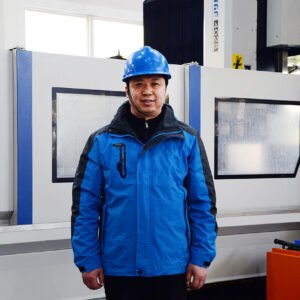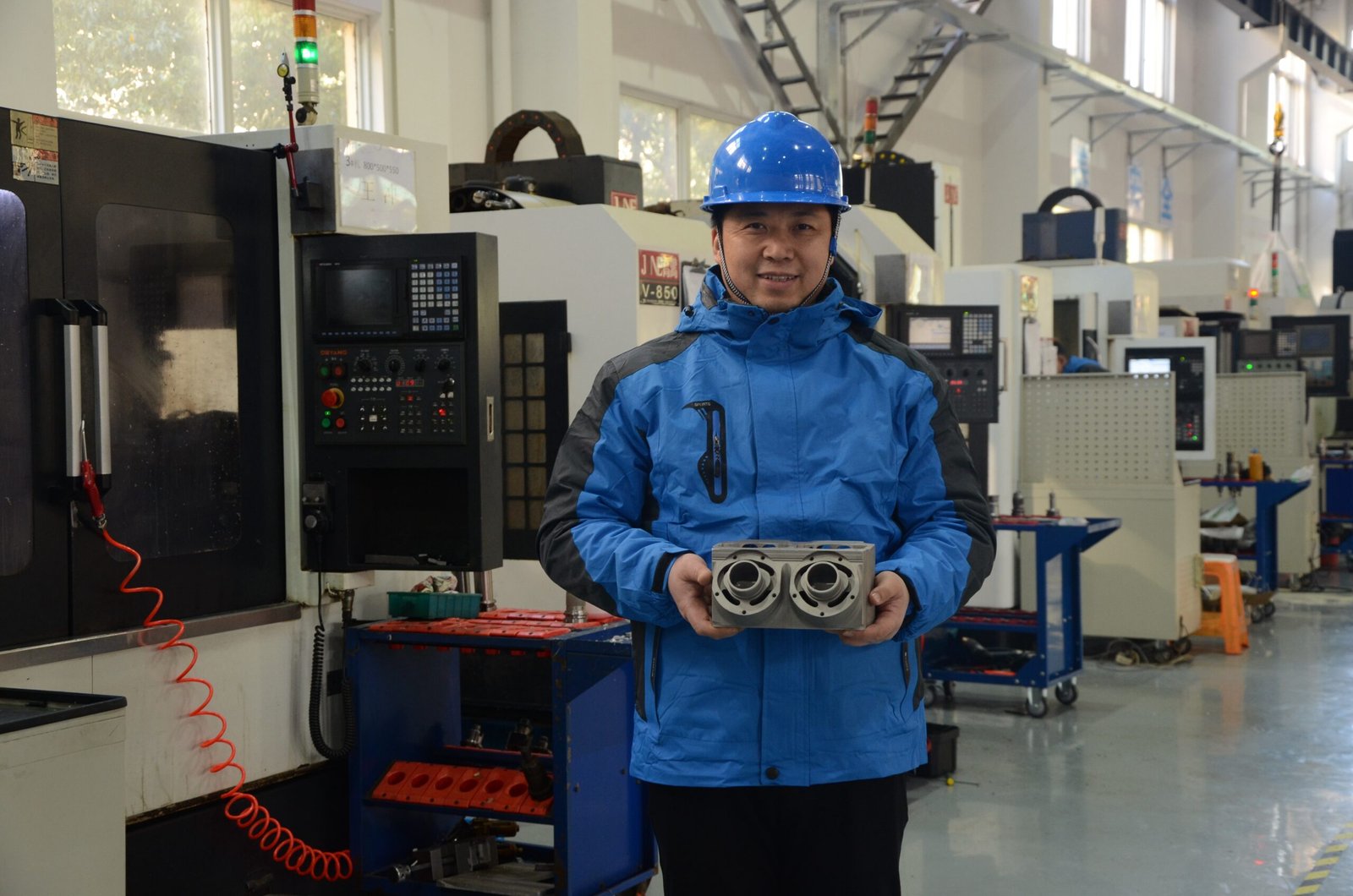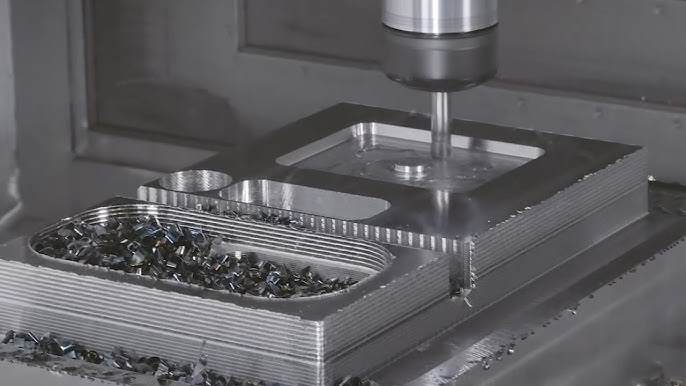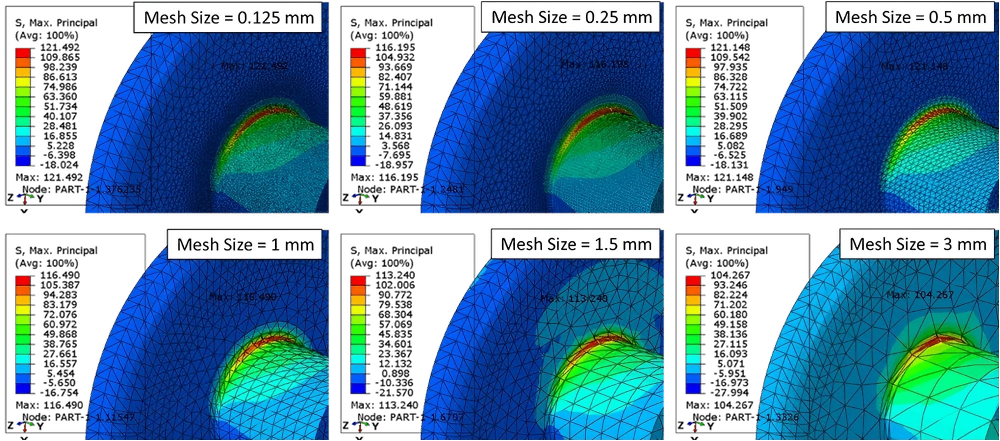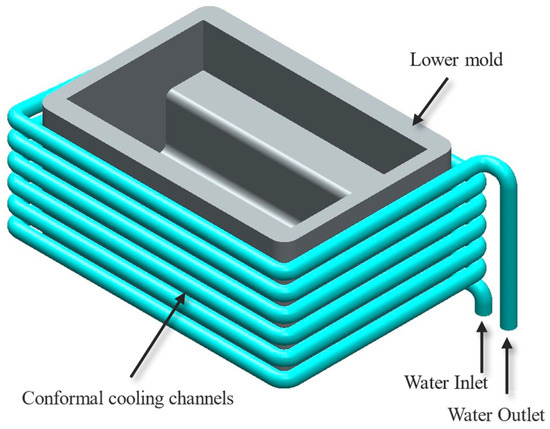Precision components are failing silently in critical systems worldwide. Vacuum leaks, often invisible to the naked eye, cause costly equipment failures and production delays. Your high-stakes applications cannot afford this risk.
A vacuum attenuation test measures how well a component maintains vacuum conditions by tracking pressure changes over time. It verifies the integrity of seals, welds, and material porosity by quantifying leak rates, ensuring components will perform reliably in vacuum-dependent applications like semiconductor manufacturing, aerospace, and medical devices.
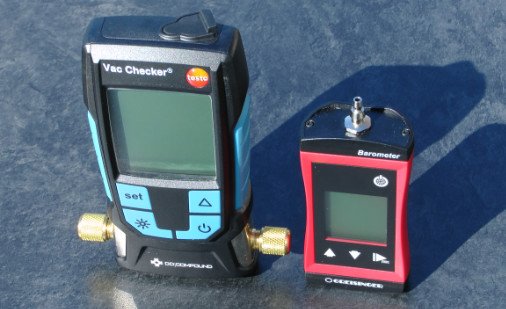
Vacuum attenuation testing setup with precision gauges and digital monitoring equipment
As a precision CNC machining factory, I've seen firsthand how vacuum testing separates truly reliable components from potential failures. Our customers in semiconductor manufacturing and aerospace don't just want parts that look perfect – they need components that perform flawlessly in vacuum environments. Let me walk you through what this critical testing process involves and why it matters for your high-precision applications.
What Equipment Do You Need for an Accurate Vacuum Attenuation Test?
Insufficient testing equipment leads to false confidence in component integrity. Without proper vacuum measurement tools, critical leaks go undetected until catastrophic system failure occurs in your end product.
Accurate vacuum attenuation testing requires specialized equipment, including a vacuum chamber, high-precision pressure gauges (preferably digital with data logging capabilities), leak detectors using helium mass spectrometry, vacuum pumps capable of reaching required test pressures, and temperature-controlled environments to eliminate measurement variables.
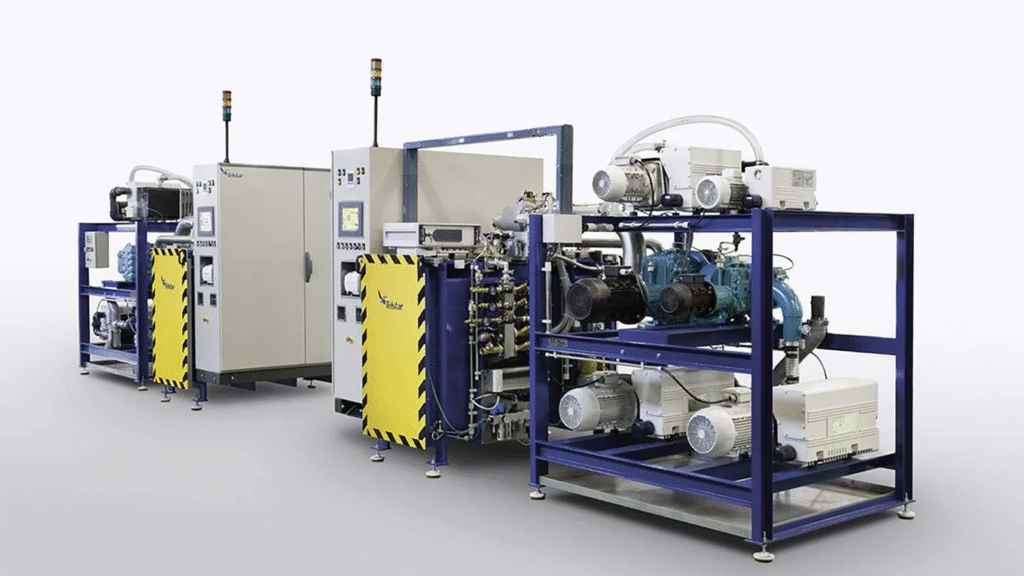
Modern vacuum testing station with a helium mass spectrometer and digital monitoring system
In our machining facility, we've invested significantly in vacuum testing equipment that exceeds industry standards. The cornerstone of any reliable vacuum testing setup is the measurement system. We utilize digital pressure transducers with accuracy ratings of at least ±0.25% of full scale, connected to data acquisition systems that monitor pressure changes over extended periods with millisecond precision.
For leak detection, helium mass spectrometers remain the gold standard. These sophisticated instruments can detect leakage rates as low as 10^-12 mbar·l/s, essential for ultra-high vacuum (UHV) applications. We complement these with residual gas analyzers (RGAs) that can identify specific gases present in the test chamber, helping diagnose the nature and source of leaks.
Temperature stability is often overlooked but critically important. Our test chambers incorporate temperature control systems that maintain ±1°C stability, as even minor temperature fluctuations can cause pressure variations that might be misinterpreted as leaks. For components with stringent requirements, we employ custom fixturing that replicates actual use conditions, ensuring the test reflects real-world performance.
The vacuum generation system itself must be appropriately sized. For standard high vacuum testing (10^-6 to 10^-8 mbar), we use turbomolecular pumps backed by oil-free scroll pumps. For UHV testing, ion pumps and cryopumps supplement this configuration to reach pressures below 10^-9 mbar without risk of hydrocarbon contamination.
How Do Industry Standards Differ for Vacuum Testing in Semiconductor vs. Aerospace Applications?
Applying generic vacuum standards across different industries creates dangerous false equivalencies. Semiconductor equipment may pass your basic tests but fail catastrophically under the specialized conditions required by modern chip fabrication processes.
Semiconductor industry vacuum testing follows SEMI standards (especially SEMI E19) requiring extremely low particle generation, outgassing limits below 10^-9 mbar·L/s, and helium leak rates under 10^-10 mbar·L/s. Aerospace standards (AS9100, NASA-STD-5001) emphasize long-term vacuum stability, vibration resistance, and performance across extreme temperature ranges.
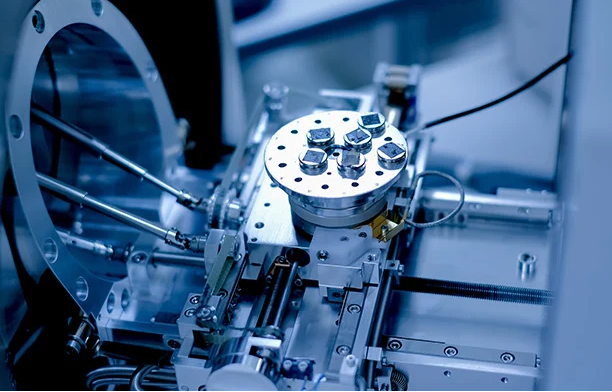
Side-by-side testing of semiconductor and aerospace components under different vacuum standards
Working with both semiconductor and aerospace customers has taught me that these industries have fundamentally different concerns when it comes to vacuum integrity. The semiconductor industry's vacuum requirements are primarily driven by process purity demands. Even microscopic leaks can introduce contaminants that ruin entire batches of silicon wafers, potentially costing millions of dollars in lost production.
In semiconductor applications, vacuum components must not only be leak-tight but also demonstrate minimal outgassing. We conduct residual gas analysis (RGA) as part of our testing protocol, identifying specific gas species that might be released from materials under vacuum. This is particularly important for components used in deposition chambers, where even parts-per-billion contaminants can affect film properties.
The semiconductor industry also emphasizes cleanroom compatibility. Our vacuum testing for semiconductor parts includes particle generation measurements during vacuum cycling, ensuring components won't shed particles during pressure changes. We typically require leak rates below 1×10^-9 mbar·L/s for critical semiconductor applications, tested using calibrated helium leak detectors.
Aerospace vacuum testing, by contrast, focuses on reliability under extreme conditions and long service intervals. Components may need to maintain vacuum integrity through thousands of temperature cycles, from the extreme cold of space to the heat of atmospheric re-entry. Our aerospace testing protocols include thermal cycling under vacuum, with continuous leak monitoring throughout temperature excursions from -180°C to +150°C.
Vibration resistance is another key differentiator in aerospace testing. We conduct combined vibration and vacuum tests, subjecting components to flight-representative vibration profiles while monitoring vacuum integrity. Aerospace standards also typically require extended duration testing—sometimes for weeks or months—to verify long-term stability for missions that may last for years in space.
What Are the Most Common Causes of Vacuum Test Failures in Precision Components?
Surface imperfections you can't see are silently compromising your vacuum integrity. Microscopic material defects from improper machining processes create leak paths that only appear under operational stress, causing system failures at the worst possible times.
The most common vacuum test failures stem from improper surface finishes, material porosity issues, inadequate weld penetration, inappropriate material selection for vacuum applications, improper O-ring compression or installation, and contamination during assembly. These issues often manifest as virtual leaks that slowly degrade system performance.
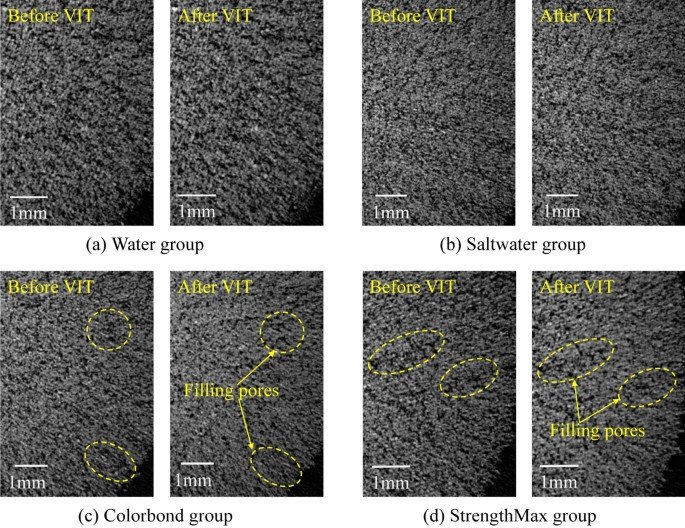
Microscopic view of common vacuum leak sources, including material porosity and surface defects
After performing thousands of vacuum tests over the years, I've identified patterns in component failures that teach valuable lessons about precision manufacturing. Surface finish issues represent approximately 35% of all vacuum test failures in our experience. Even components machined to precise dimensional tolerances can fail vacuum testing if surface roughness exceeds application requirements. For ultra-high vacuum applications, we maintain Ra values below 0.4μm on all vacuum-exposed surfaces, with critical sealing surfaces finished to 0.2μm or better.
Material selection problems account for roughly 25% of failures. Not all metals are suitable for vacuum applications, regardless of how precisely they're machined. Materials with high vapor pressure, such as zinc-containing alloys, can outgas significantly. We've seen components perfectly machined from inappropriate materials fail spectacularly under vacuum. Our materials expertise guides customers toward vacuum-compatible options like 304/316L stainless steel, certain aluminum alloys (6061-T6, 7075-T6), and specialty metals like Inconel for high-temperature vacuum applications.
Welding defects constitute another 20% of failures. Conventional welding techniques often introduce porosity that creates leak paths. We employ specialized vacuum-compatible welding processes, including electron beam welding and precision TIG welding with proper filler materials. All welds undergo 100% visual inspection followed by helium leak testing.
Virtual leaks—pockets of gas trapped within a component that slowly release under vacuum—represent 15% of failures. These insidious defects cause a gradually deteriorating vacuum performance that may not appear during initial testing. We design components to eliminate blind holes and internal voids, using vented screws and proper venting channels when necessary.
The remaining failures typically involve sealing system issues, including improper O-ring selection, groove design, or installation. We maintain strict standards for O-ring compression (typically 15-30% depending on application) and surface finish in O-ring grooves (typically 0.8μm Ra or better).
How Can Proper Vacuum Testing Save Manufacturing Costs in the Long Run?
Skipping rigorous vacuum testing seems cost-effective until catastrophic failures occur in your production line. Each undetected leak costs thousands in downtime, replacement parts, and damaged customer relationships that far exceed proper testing investments.
Proper vacuum testing identifies issues before components enter service, preventing costly system failures, production downtime, and warranty claims. Early detection allows for corrective actions during manufacturing rather than field repairs. Additionally, vacuum testing data provides valuable feedback for continuous improvement of manufacturing processes.
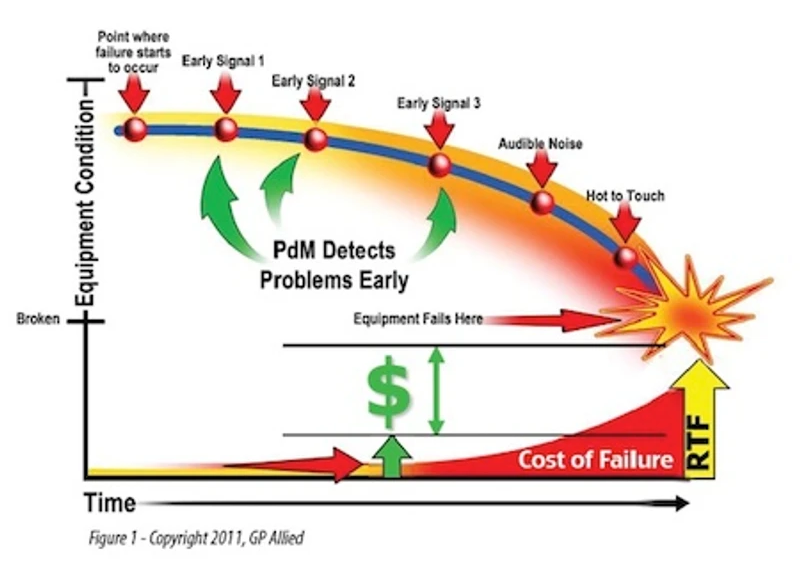
In my years running a CNC machining operation, I've calculated that for every dollar spent on comprehensive vacuum testing, our customers save approximately $17 in potential failure costs. This remarkable return on investment comes from several areas that aren't always obvious but have a significant financial impact.
Production downtime represents the largest potential cost. When a vacuum system fails in a production environment, especially in semiconductor manufacturing, the costs accumulate rapidly. A single day of downtime in a semiconductor fab can cost upwards of $1-2 million. By investing in thorough vacuum testing for critical components, we've helped customers maintain continuous operations, avoiding these catastrophic financial losses.
Warranty and replacement costs form another major expense category. When a vacuum component fails in the field, the direct costs include not just the replacement part but also expedited shipping, emergency service calls, and installation labor—often at premium rates. Our data shows that field replacements typically cost 4-7 times more than the original component. Comprehensive vacuum testing virtually eliminates these warranty expenses.
Reputation damage, though harder to quantify, carries significant long-term financial implications. Customers who experience vacuum failures associate those failures with equipment unreliability, damaging vendor relationships, and future sales opportunities. Our customers who implement rigorous vacuum testing protocols consistently report higher customer satisfaction scores and increased repeat business rates.
Perhaps most valuable is the process improvement feedback loop that vacuum testing enables. When we detect a pattern of vacuum test failures, we can trace root causes back to specific machining operations, material batches, or design features. This information drives continuous improvement in our manufacturing processes, resulting in steadily increasing first-pass yield rates. One aerospace customer implemented our recommended vacuum testing protocol and saw their first-pass yield increase from 76% to 94% within six months, representing significant cost savings in rework and scrap reduction.
Our digital vacuum test reporting system provides another cost advantage by creating audit trails for quality assurance and regulatory compliance. These records protect manufacturers from liability claims and simplify certification processes for regulated industries like medical and aerospace, reducing administrative overhead costs.
Conclusion
Vacuum attenuation testing is not just a quality check—it's essential insurance for high-precision components. By investing in proper testing equipment and protocols, you'll prevent costly failures, ensure component reliability, and maintain your reputation for excellence.

